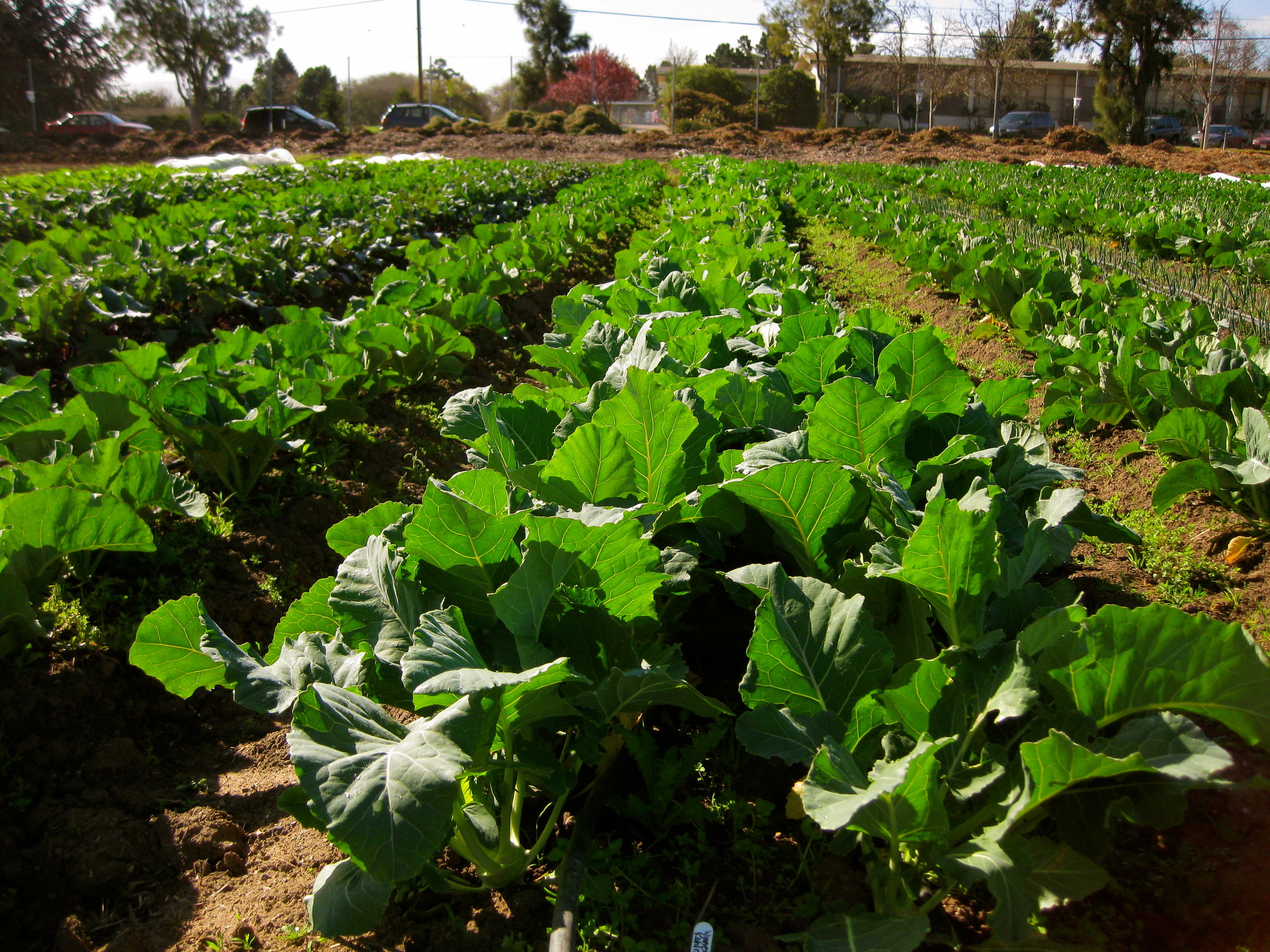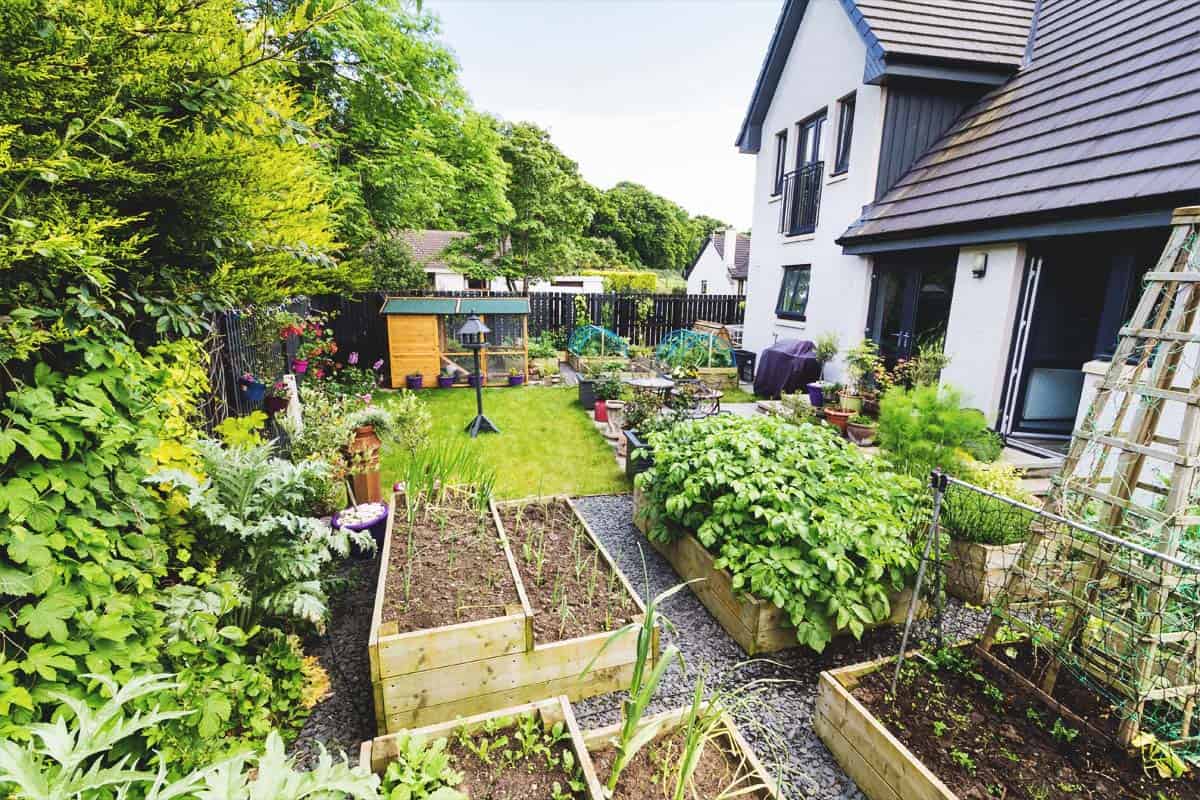The Ultimate Guide to Homestead Gardening
The Ultimate Guide to Homestead Gardening
Blog Article
Uncover the Keys to Developing a Effective and lovely Gardening Space
Developing a beautiful and efficient horticulture area is not merely a matter of growing flowers and vegetables; it needs a calculated strategy that encompasses various important components. From choosing the right area based on sunshine and dirt type to attentively developing your design and selecting appropriate plants, each choice plays a pivotal duty in the success of your yard.
Picking the Right Area
Choosing the ideal place for your yard is critical to its success and general visual appeal. The very first step in this procedure involves examining sunshine exposure, as many plants require a minimum of six hours of direct sunshine daily (Homestead Gardening). A south-facing yard usually gets one of the most light, while shaded areas can hinder growth and blooming
Furthermore, take into consideration dirt quality and drainage. Well-draining soil is important to protect against water logged roots, which can lead to plant conditions. Carrying out a soil examination can give useful information concerning pH levels and nutrient content, allowing you to change the soil as necessary.
Furthermore, distance to water sources is an additional aspect to evaluate - Homestead Gardening. Having easy accessibility to a tube or watering system can simplify the watering process and urge consistent plant treatment. Wind security is additionally important; positioning your garden near frameworks, such as fencings or wall surfaces, can protect it from extreme winds that may harm delicate plants
Finally, think about access for maintenance and harvesting. A well-placed yard enables practical gain access to, ensuring that you can easily often tend to your plants without triggering excessive tension or disruption. Thoughtful location option lays the structure for a flourishing yard.
Selecting Plants Wisely
When selecting plants for your garden, it's vital to think about aspects such as environment, soil problems, and individual preferences to ensure a productive and unified space. A detailed understanding of your neighborhood climate will direct you in picking plants that prosper in your certain environment. Choosing drought-resistant varieties is beneficial in arid regions, while moisture-loving types might be much more suitable for locations with high rainfall.
Dirt conditions are similarly crucial; carrying out a dirt test can reveal pH levels and vitamins and mineral material, permitting you to choose plants that will flourish. Indigenous plants are typically an excellent option, as they are generally well-adapted to neighborhood soil kinds and need less maintenance.
Show on your personal preferences-- picking plants that reverberate with your aesthetic preferences will certainly improve your enjoyment and dedication to maintaining your yard. By meticulously assessing these variables, you can create a varied and thriving plant choice that raises your horticulture experience.
Designing Your Garden Layout
With a thoughtfully selected plant choice in hand, the next action is to create a garden layout that takes full advantage of both elegance and functionality. Begin by assessing the readily available room, taking into consideration variables such as wind, shade, and sunlight patterns. A well-planned format needs to integrate numerous zones, consisting of areas for growing, paths, and potentially seating.
Start with larger plants or focal factors, such as trees or tall perennials, put strategically to produce visual passion. Layer smaller plants ahead to improve deepness and appearance. Think about the development practices of your picked plants; taller varieties ought to be placed at the back or center of beds, while much shorter ones can line the sides.
Integrating paths not just assists in gain access to for maintenance but also welcomes expedition. Use materials that enhance the garden's total visual, whether timber, rock, or crushed rock chips.
Furthermore, think of seasonal changes and how your design will certainly look throughout the year. Including evergreens pop over to this site alongside seasonal blossoms can make sure year-round beauty. Ultimately, a well-designed garden design integrates the all-natural charm of plants with practical considerations, causing a space that is both inviting and effective.
Enhancing Soil Health

To improve dirt health, start by performing a dirt test to evaluate pH levels, nutrient web content, and soil texture. This will educate your changes. Integrate raw material such as compost, well-rotted manure, or fallen leave mold and mildew to improve dirt framework, water retention, and microbial task. Furthermore, practicing plant rotation can prevent vitamins and mineral exhaustion and decrease parasite and condition stress.
Mulching is another efficient strategy; it not only saves moisture however also suppresses weeds and slowly enhances the soil as it damages down. Avoiding too much tillage is important, as it can interrupt dirt structure and injury helpful organisms. Instead, take on no-till or marginal tillage techniques to keep soil integrity.

Preserving Your Yard Successfully
A well-kept garden gives satisfaction and efficiency, requiring consistent focus to guarantee that plants prosper and the landscape stays welcoming. Reliable yard maintenance includes several key methods that enhance the health of your plants and the overall aesthetic of your space.
Routine watering is important; nonetheless, it is important to customize your watering routine based upon the certain needs of your plants and neighborhood climate problems. Mulching can help keep wetness, suppress weeds, and control dirt temperature. Timely weeding stops competition for nutrients and sources, guaranteeing that your plants prosper.
Pruning is an additional essential job. It motivates healthy and balanced development, removes dead or unhealthy branches, you can try here and forms plants to keep an enticing structure. Furthermore, keeping track of for diseases and pests is important; early discovery and treatment can save your plants from substantial damage.
Fertilizing needs to be performed attentively, making use of natural alternatives whenever possible to promote long-term soil More Info health and wellness. Ultimately, seasonal tasks such as growing, dividing perennials, and getting ready for winter months will certainly guarantee your garden continues to be lively year-round. By complying with these methods diligently, you can grow a yard that is both efficient and gorgeous.
Verdict
Picking a suitable place with sufficient sunlight, selecting ideal plants, creating an aesthetically pleasing layout, enhancing soil health, and making sure routine maintenance are vital elements. By integrating these methods, one can cultivate a prospering garden that not only improves the landscape however additionally promotes eco-friendly equilibrium and sustainability.
From choosing the right area based on sunshine and soil kind to thoughtfully creating your layout and selecting appropriate plants, each choice plays a pivotal function in the success of your garden. Well-draining soil is vital to prevent waterlogged origins, which can lead to plant illness.When picking plants for your garden, it's essential to think about factors such as climate, soil problems, and personal preferences to guarantee a harmonious and productive area. Eventually, a properly designed yard format balances the natural charm of plants with practical considerations, resulting in a room that is both inviting and efficient.

Report this page